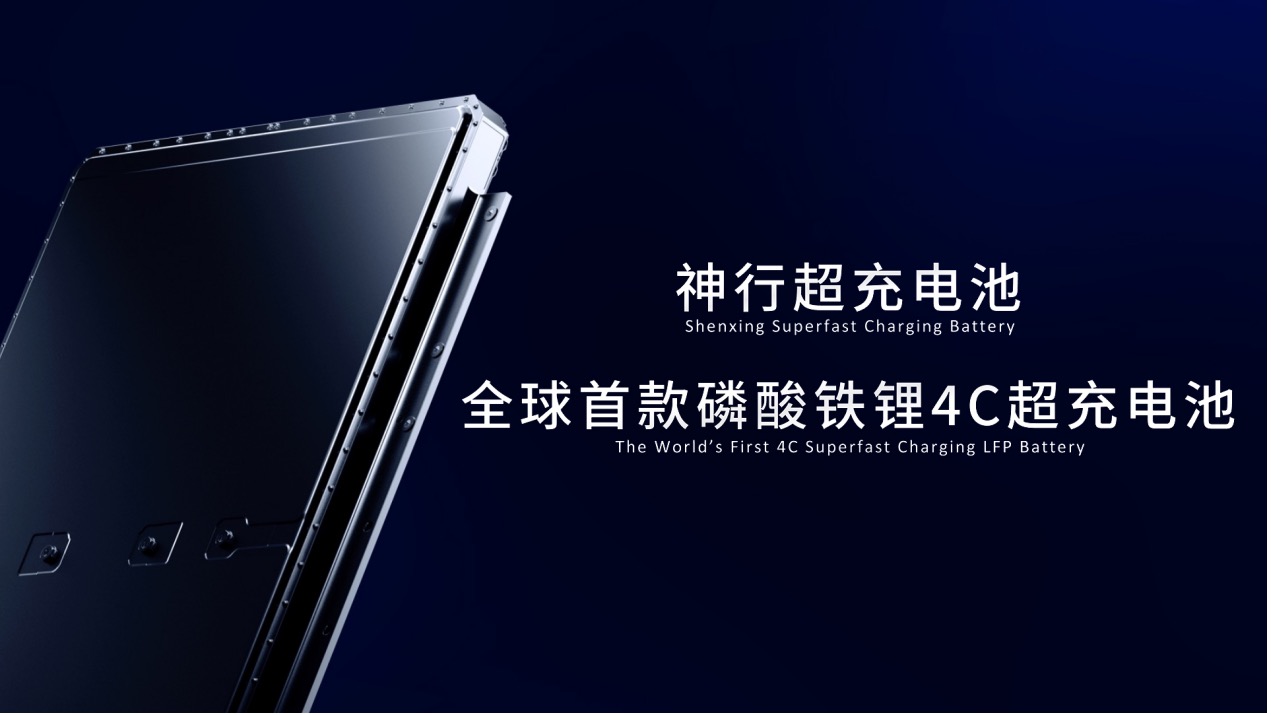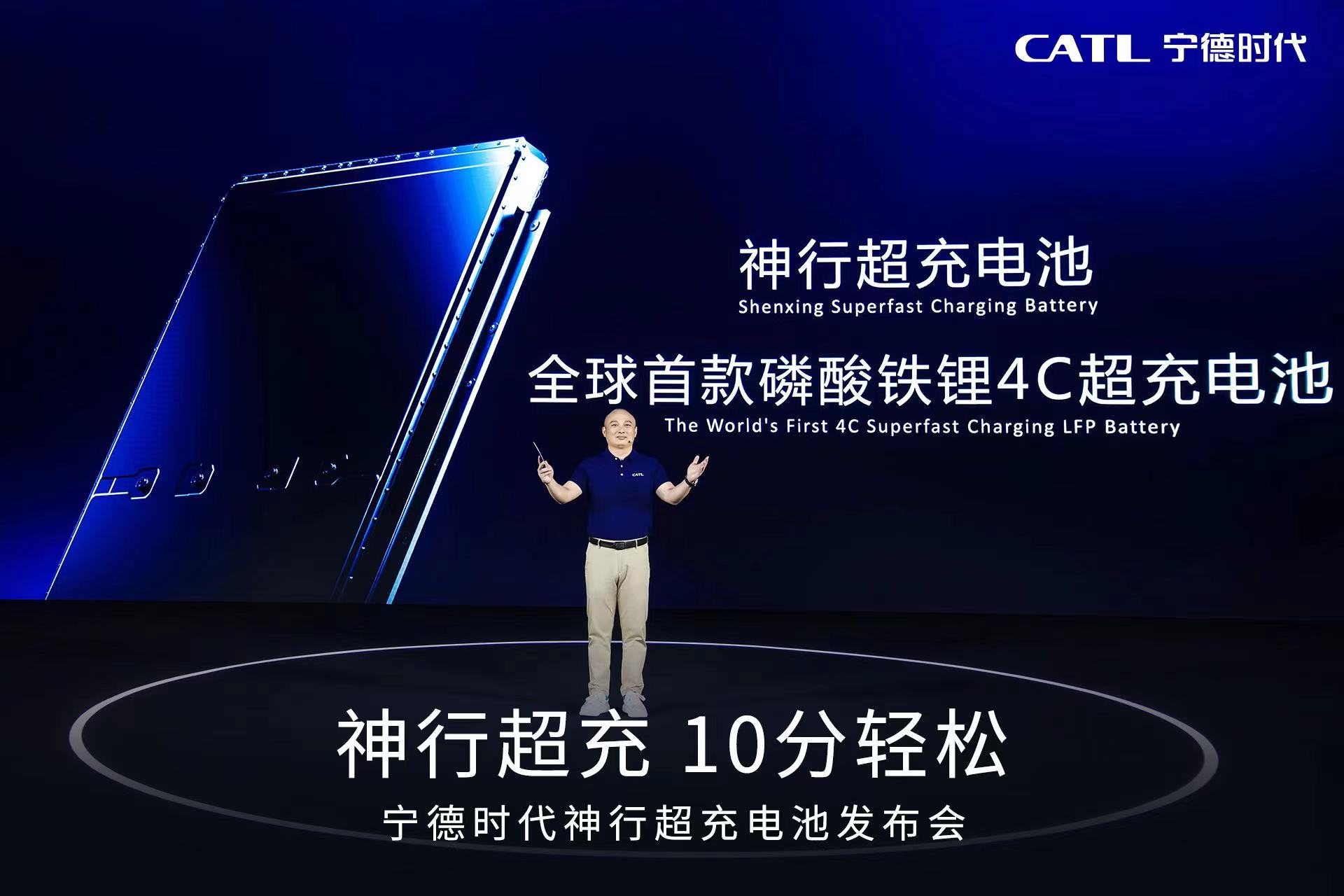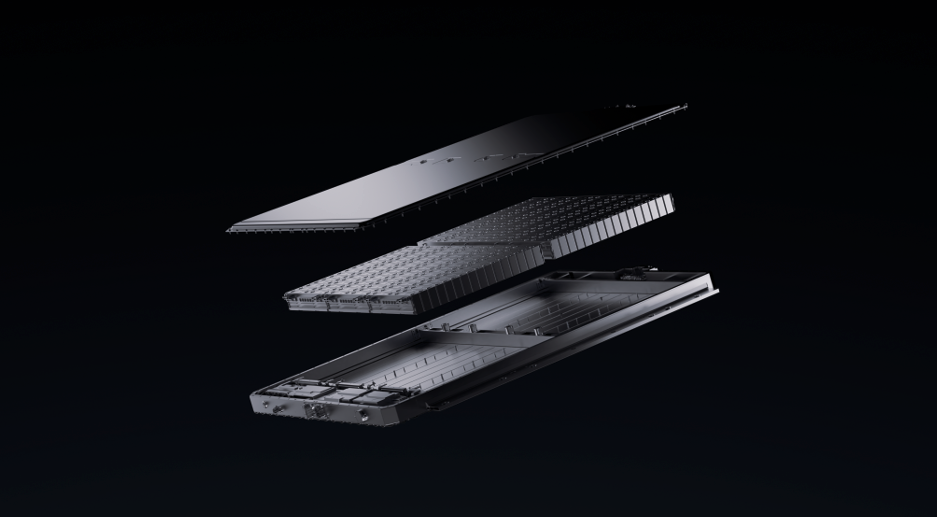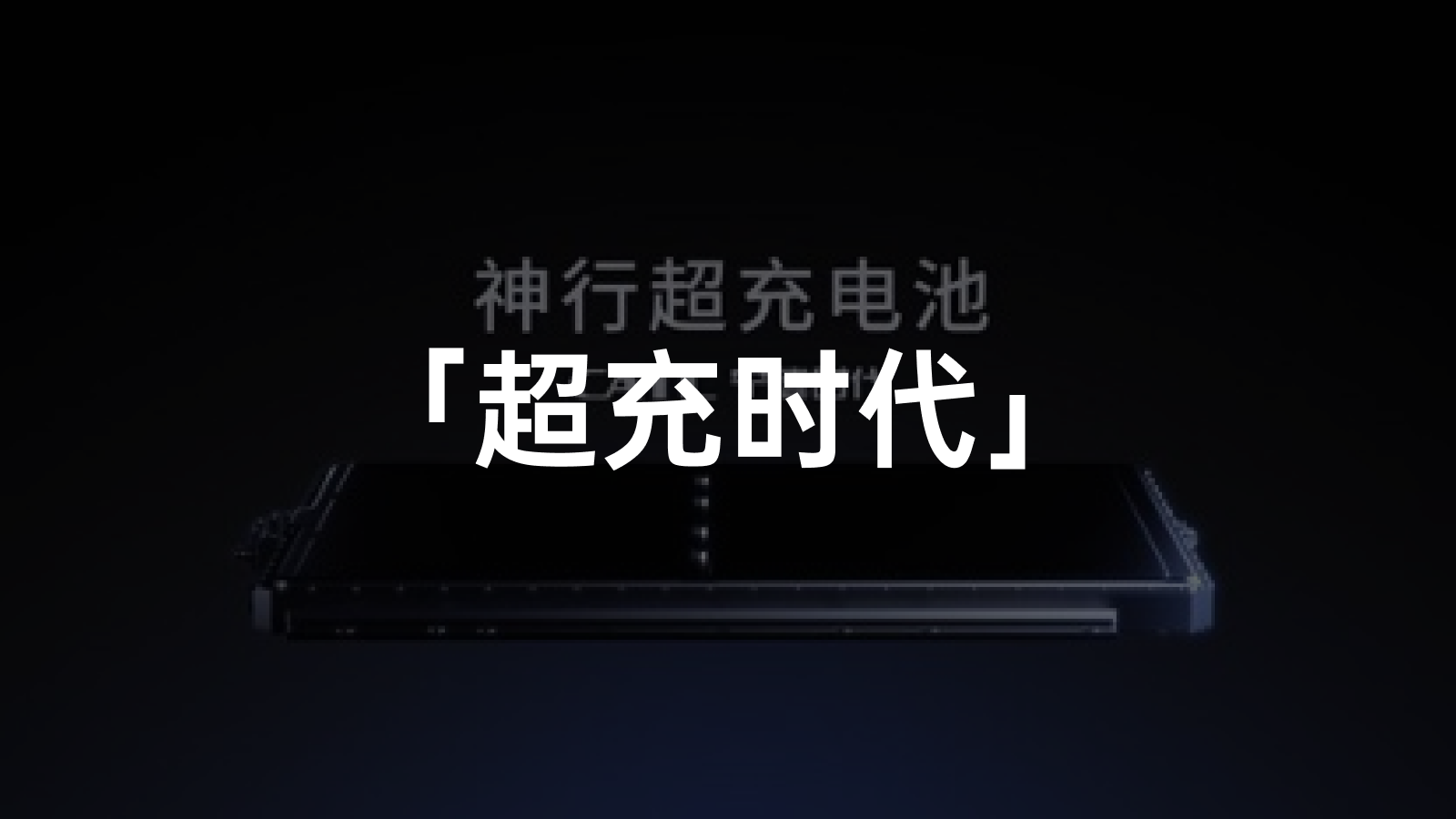CATL has once again taken a significant step in alleviating range anxiety for electric vehicles at a scale-rate speed.
On August 16, CATL unveiled the first-ever lithium iron phosphate 4C Supercharging Battery globally — The Shen Xing Supercharging Battery.
The press conference was completed quickly in less than 20 minutes, leaving everyone present surprised.
However, amidst this surprisingly concise conference, CATL announced the beginning of a new era.
At the presentation, the CTO of CATL domestic passenger vehicle division, Gao Huan, announced: “From today, we are formally entering the era of supercharging for new energy cars”.
What is it like to charge for 10 minutes to get a 400 km driving range?
Since the gradual popularity of all-electric cars, the issues of slow charging and short range still haven’t been comprehensively solved.
Even though all-electric vehicles have opened up a new world of user experience, it has resulted in users investing a significant amount of time and emotions for the ‘electricity’.
One of the problems CATL aims to solve with the Shen Xing Supercharging battery is exactly this.
Official information shows that after a 10-minutes charge of the Shen Xing Supercharging battery, it can add up to 400 km of driving range. This means charging for 10 minutes would enable the user to make a round trip from Shanghai to Hangzhou, or reach Shijiazhuang directly from Beijing. In addition, the total driving range of the Shen Xing Supercharging Battery can reach up to 700 km.
Long range and efficient refuelling imply the Shen Xing Supercharging battery will greatly alleviate users’ range anxiety, making the fuel efficiency closer to that of a petrol car and broadening one’s lifestyle based around the ‘electric vehicle’.

Furthermore, the Shen Xing Supercharging Battery not only significantly enhances refuelling speed in normal environments, it still performs excellently in cold temperatures.
CATL equipped the system platform of the Shen Xing Supercharging Battery with cell temperature control technology. This allows it to quickly heat up in cold environments to reach ideal working temperatures. Even in sub-zero temperatures, the Shen Xing Supercharging Battery can still charge enough for the battery to last up to 30 minutes reaching an 80% charge.
It’s worth mentioning that even when the Shen Xing Battery has been drained in freezing temperatures, there will be no decay in acceleration from zero to full speed.
Of course, the high refuelling efficiency of the Shen Xing Supercharging Battery signifies high molecular activity levels within, intense chemical reactions, and poses higher demands on battery safety.
To address this, CATL has further modified the electrolyte of the Shen Xing battery and equipped it with a high-safety coating separator, providing a ‘double insurance’ for battery safety.
Moreover, while ensuring safety, intelligence is playing a vital role. CATL is controlling the entire thermal field of the Shen Xing Supercharging Battery through algorithms, creating a real-time fault detection system, and attempting to solve the risks brought by increased charging speed as much as possible.
According to official sources, the singular failure rate of the Shen Xing Supercharging Battery has already been reduced to one in a billion.Drawing on the range of advantages the Shenxing supercharging battery presents, Gao Huan stated in the launching event that the Shenxing supercharging battery is ‘leading in every aspect’. The crowd responded with cheers and applause.

Gao Huan further indicated that the Shenxing battery will start production immediately post-launch and engage in mass production by the end of 2023, hitting the market in the first quarter of 2024.
Apart from the Shenxing battery, CATL collaborated with Quickstep Technology to develop a liquid cooling supercharging station.
However, currently, this supercharging station exclusively supports CATL’s 4C Kirin Battery, with a charging power of 600kW. Ten minutes of charging also extends the range by 400km but costs twice as much as a conventional supercharging station. According to official plans, these liquid cooling supercharging stations will first become commonplace in high-speed service areas.
As an industry leader, CATL has once again taken the lead, steering the evolution and transformation of the battery industry.
Technological Innovations, Realizing Universal Value
Innovation and evolution undoubtedly take place time after time, but it is practically moot if it does not serve the public.
At the press conference, CATL Chief Scientist Wu Kai brought up Everett Rogers’ Diffusion of Innovation Theory, claiming that initial users dominate when penetration is below 16%, and when it exceeds 16%, mass users take the helm.
Data from the China Automobile Association shows that in July, the market penetration of new energy vehicles in China has already reached 32.7%. Despite the ever-increasing penetration rate of new energy vehicles, the real pain points of slow energy replenishment, subsequent queuing, time consumption, among others, still persist.
In fact, CATL’s 4C Kirin Battery, released last year, already achieved the effect of topping up 400km in 10 minutes, with a total mileage surpassing 1,000km. However, due to technical difficulties and costs, the Kirin Battery is mainly applied to mid-high-end vehicles.

It is evident that the technology did not become universally accessible via the Kirin Battery, but as things stand now, this mission has been passed on to the Shenxing Supercharging Battery by CATL.
At the press conference, CATL stated, “Today, CATL is here for fast energy replenishment for the public…bringing benefits once exclusive to the privileged within reach of the common people”.
Nevertheless, the slogan of making “what was once exclusive” available “in the homes of common people” is undoubtedly attractive, but without sufficient prowess, it remains but an empty promise. Since entering the power battery field in 2011, CATL has itself become the window through which technology becomes universally funded.
According to official data, from 2017 to 2022, CATL has been the world leader in power battery usage for six consecutive years. As of the first half of this year, CATL’s power battery usage continues to rank first worldwide, with a market share of 36.8%.CATL boldly claims that “one out of every three electric vehicles in the world uses a CATL battery.” Indeed, the considerable use of power batteries implies that CATL is wholly capable of replacing ordinary batteries with supercharging batteries, using itself as a conduit.
Besides possessing a relatively advantageous market share, CATL has a potent tool to facilitate tech ubiquity.
CATL has created a cloud-based virtual factory that allows for self-learning, thereby reducing production costs by 42% while increasing production pace by 50%. It’s safe to say that CATL firmly seizes the initiative in cost reduction and efficiency enhancement.
Concerning technology inclusivity, CATL possesses sufficient market advantages, technical merits, and manufacturing prowess, as pointed out by Wu Kai: The future of power battery tech should face the global frontier and the economic main battlefield. As current users shift from pioneers to the mass market, we want to let more ordinary people use cutting-edge technology, and enjoy the dividends of technological breakthroughs.
In Conclusion
While revolutionizing batteries is vital, re-energizing encompasses a whole system that includes charging stations, charging piles, charging guns, and power grids.
Improving the recharging rate of batteries requires new requirements for the entire re-energizing system’s capabilities. The industry may need to incur significant costs to upgrade the system to keep pace with new battery technology.
Given the new energy vehicle market’s immaturity, this situation is almost unavoidable.
Despite the current status quo, in response to the demands of car electrification, the re-energizing efficiency enhancement brought by the popularization of new energy vehicles, no matter how substantial the system upgrade cost, must be unhesitatingly implemented.
In terms of system upgrades, SuperCharge batteries have made a significant stride at the battery dimension. However, not only CATL but also the entire industry and state policy level need collective promotion in other dimensions.
This article is a translation by ChatGPT of a Chinese report from 42HOW. If you have any questions about it, please email bd@42how.com.
